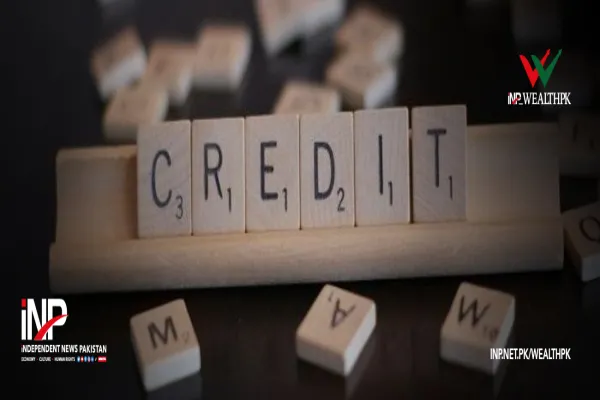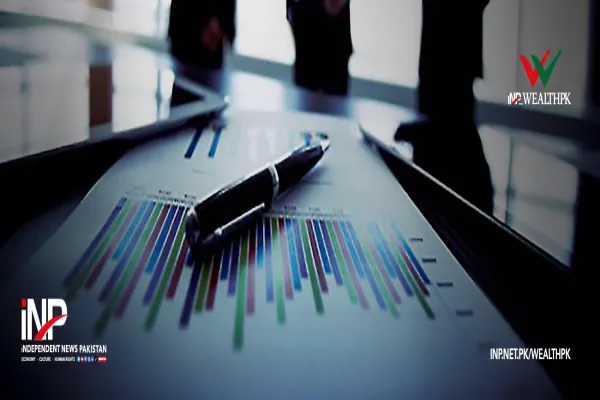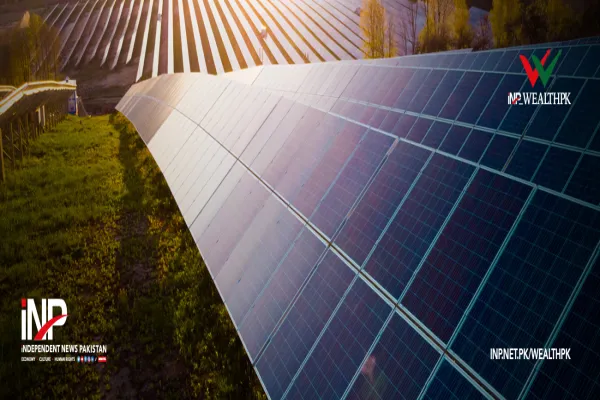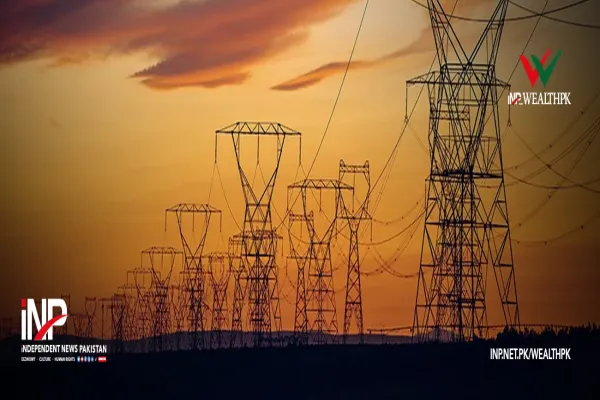i INP-WEALTHPK
Qudsia Bano
Pakistan’s banking spread – the gap between the lending and deposit rates – has narrowed significantly over the past year, reflecting the State Bank of Pakistan’s (SBP) monetary easing and improved liquidity in the financial system.

Experts believe the decline in the spread is a positive signal for economic revival, as it facilitates cheaper credit for businesses and consumers. According to the Pakistan Economic Survey 2024-25, the banking spread fell to 7.4% in March 2025 from 10.4% in March 2024. The Weighted Average Lending Rate (WALR) decreased from 20.8% to 12.4% over the period, while the Weighted Average Deposit Rate (WADR) dropped to 5.0% from 10.4%.
This shift followed a cumulative reduction of 1,100 basis points in the SBP policy rate, aiming to support growth after a period of tight monetary policy. Dr Hasan Khalid, Associate Professor of Banking and Finance at the National University of Modern Languages, Islamabad, said the narrowing spread is encouraging for private sector credit expansion. “Lower spreads indicate that banks are now more willing to lend, and borrowers can access financing at reduced costs.
This is particularly beneficial for small and medium-sized enterprises that were previously priced out of the credit market,” he explained. Khalid added that as inflation stabilises, banks are becoming more confident in lending for longer-term projects, which could boost investment activity in the coming quarters. Similarly, Saira Zubair, a research analyst at Pakistan Credit Rating Agency, said the trend reflects a structural improvement in the banking sector’s functioning.
“The contraction in spread is not just a policy-driven adjustment; it also reflects growing competition in the banking sector and a shift in focus toward credit-based earnings rather than relying heavily on government securities,” she noted. She added that with the decline in non-performing loans and improvements in capital adequacy, banks are now in a stronger position to expand lending portfolios without increasing risk exposure.
The economic survey also reported that the banking sector’s asset base grew by 15.8% year-on-year, reaching Rs53.7 trillion by December 2024, while private credit increased sharply during the same period. Experts conclude that if policy stability continues and inflation remains under control, the current credit-friendly environment could significantly support Pakistan’s broader economic recovery.
Credit: INP-WealthPk









